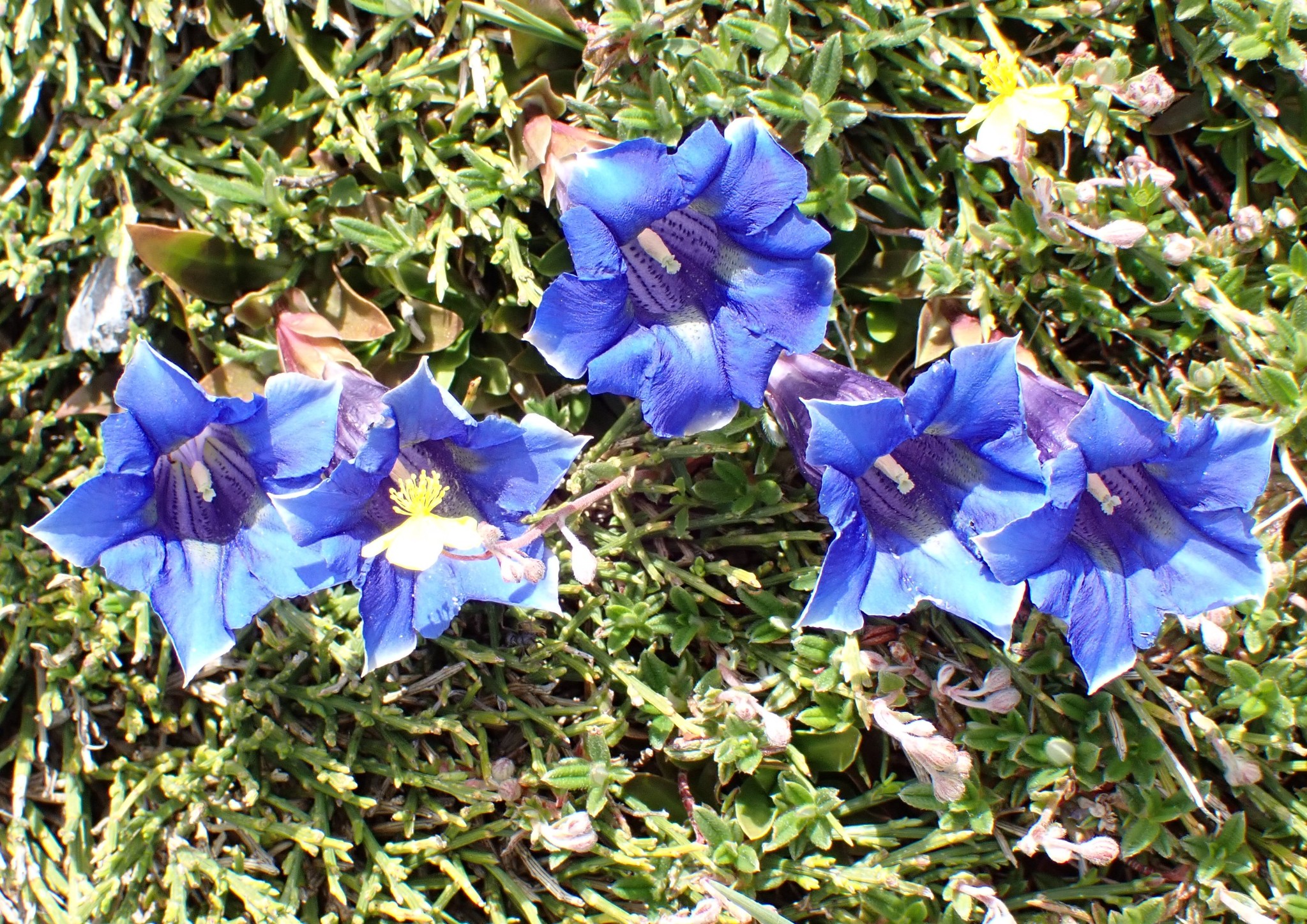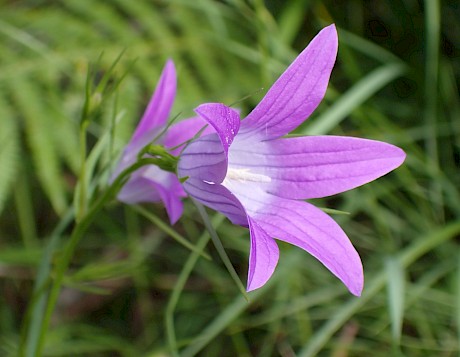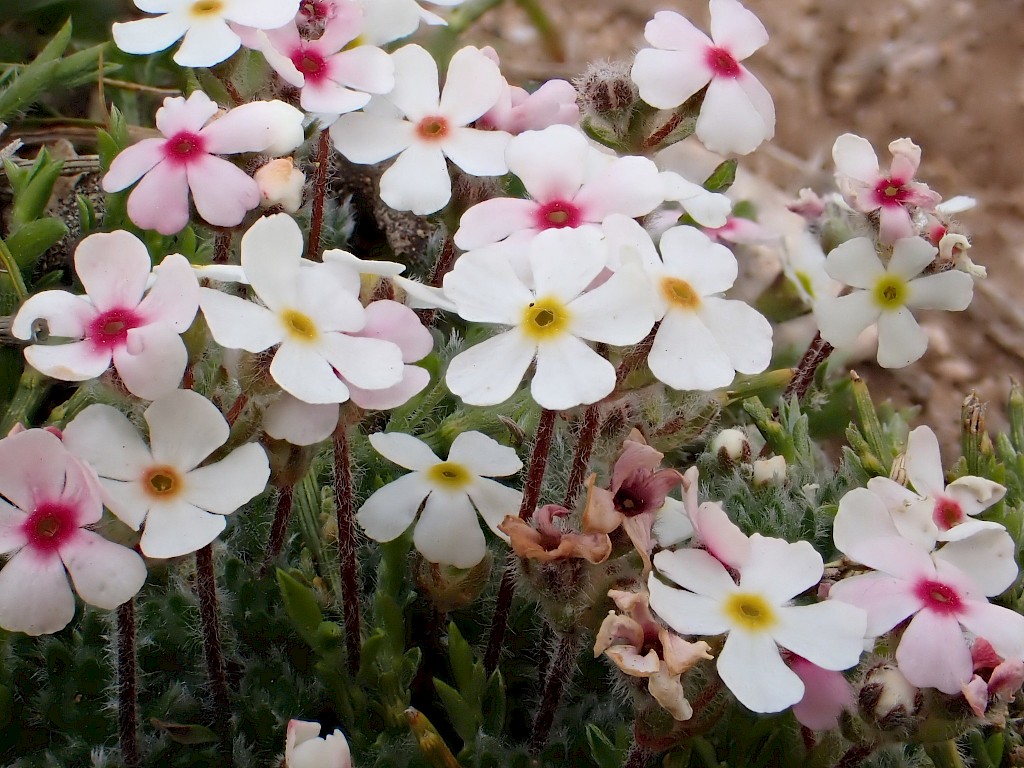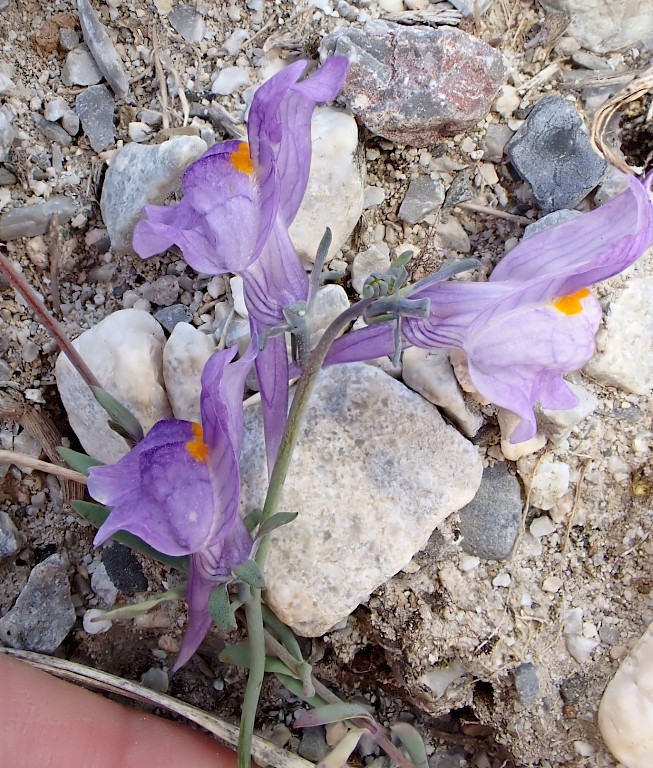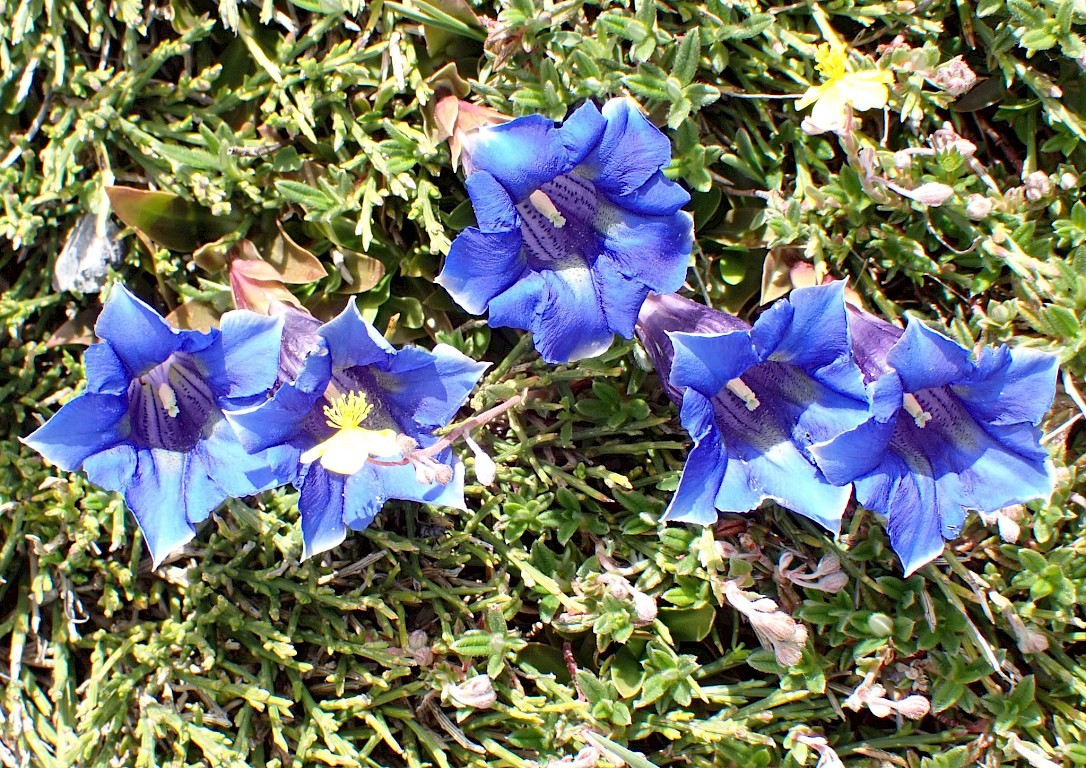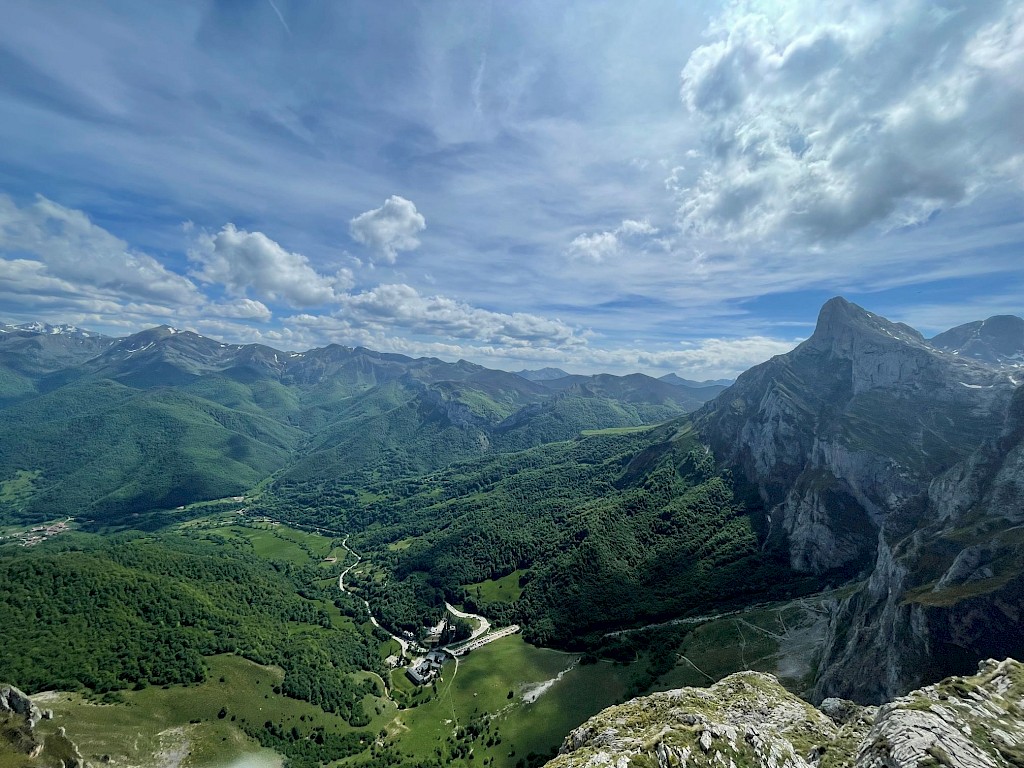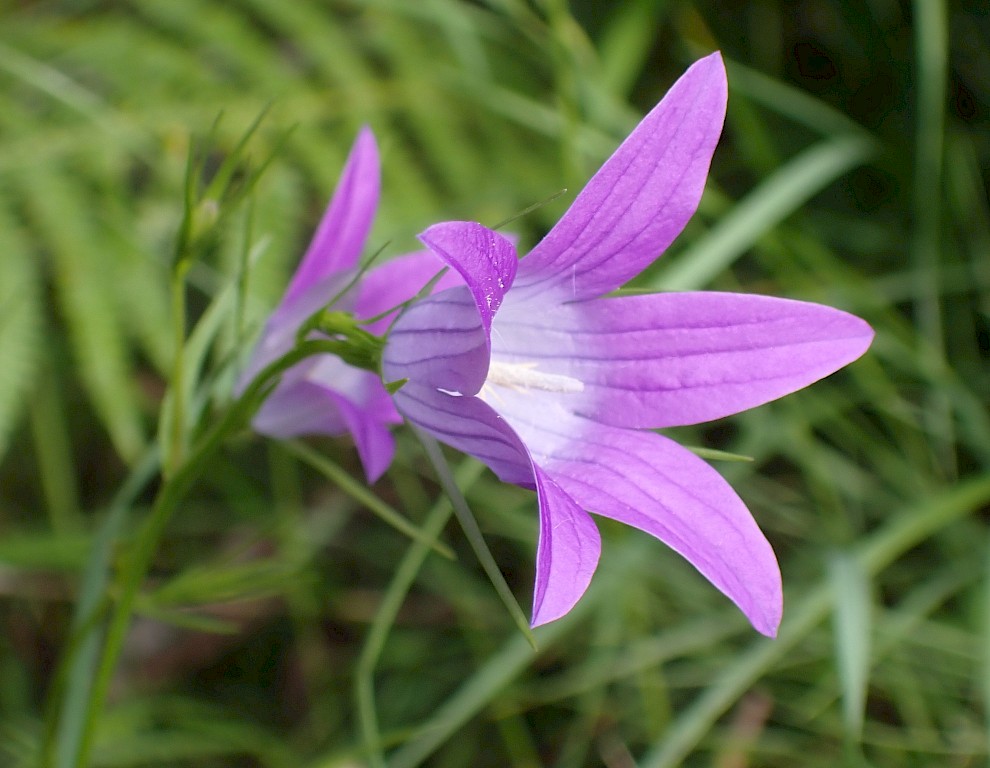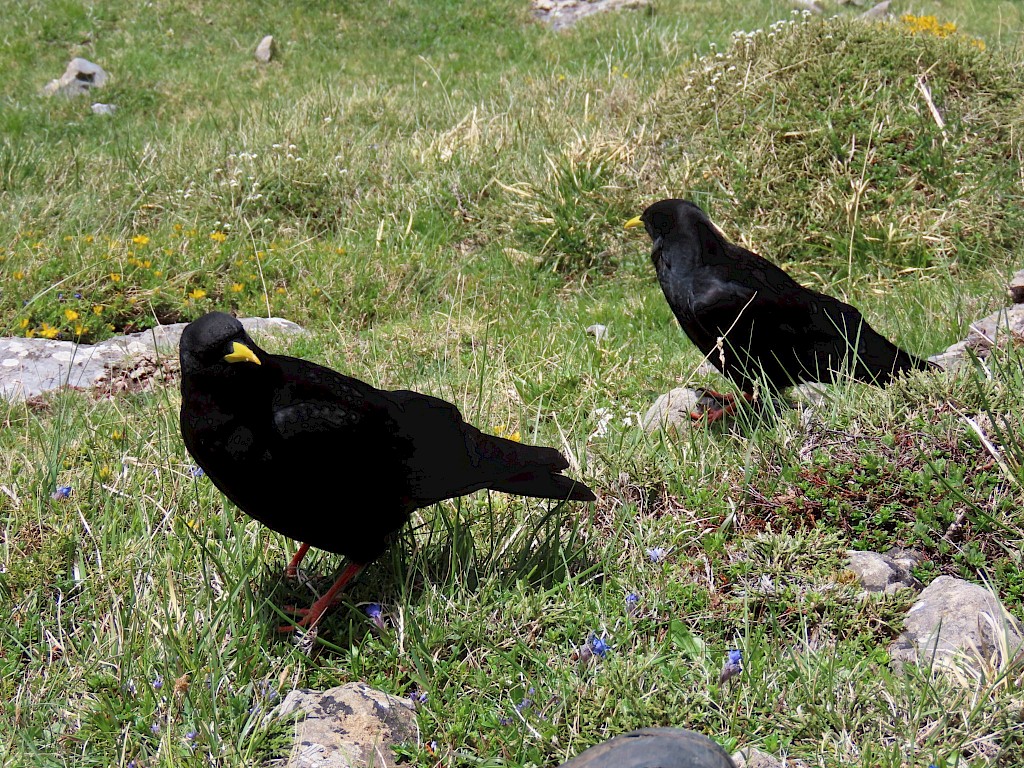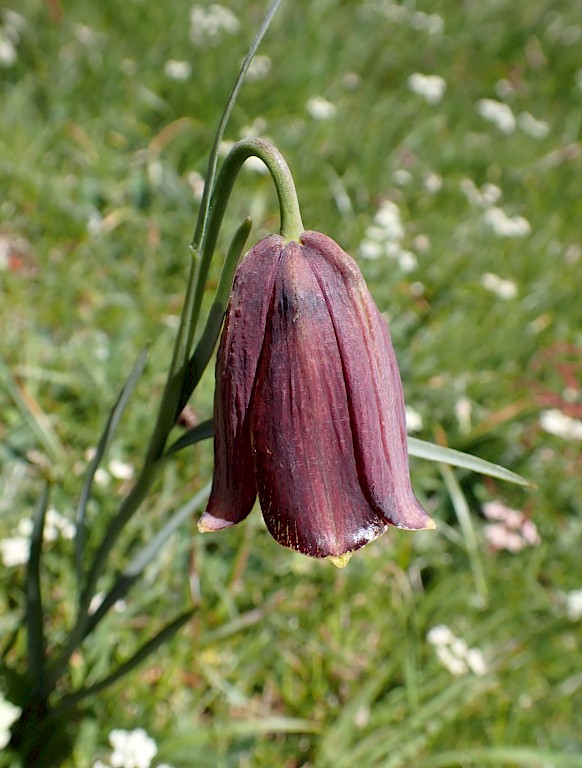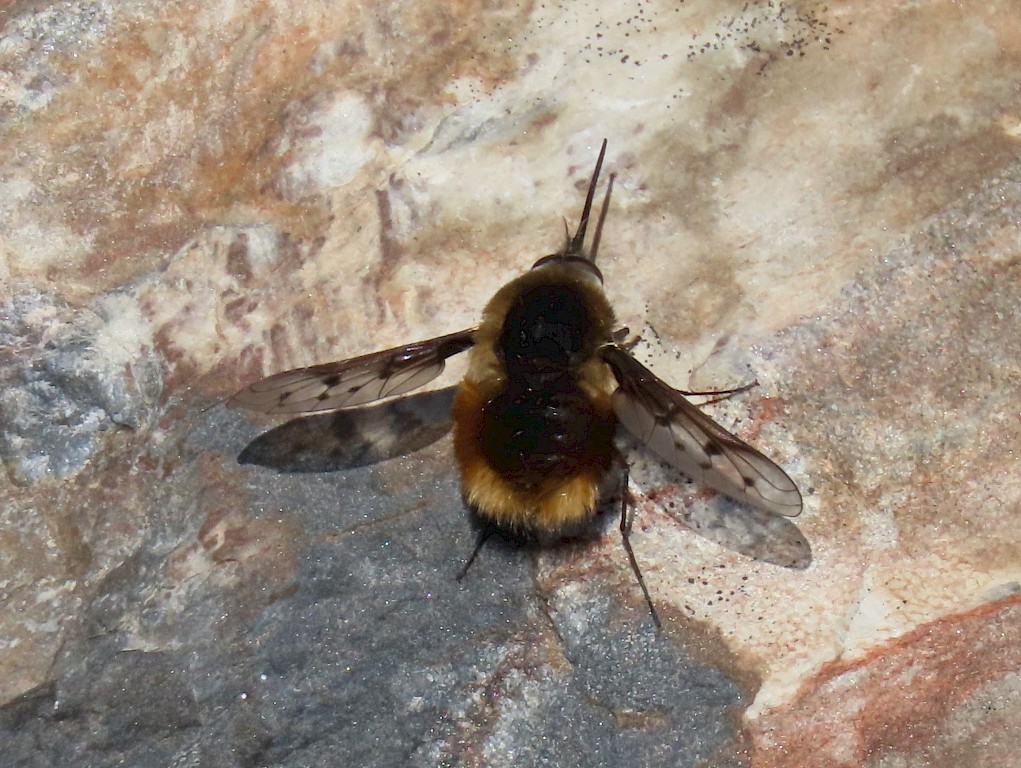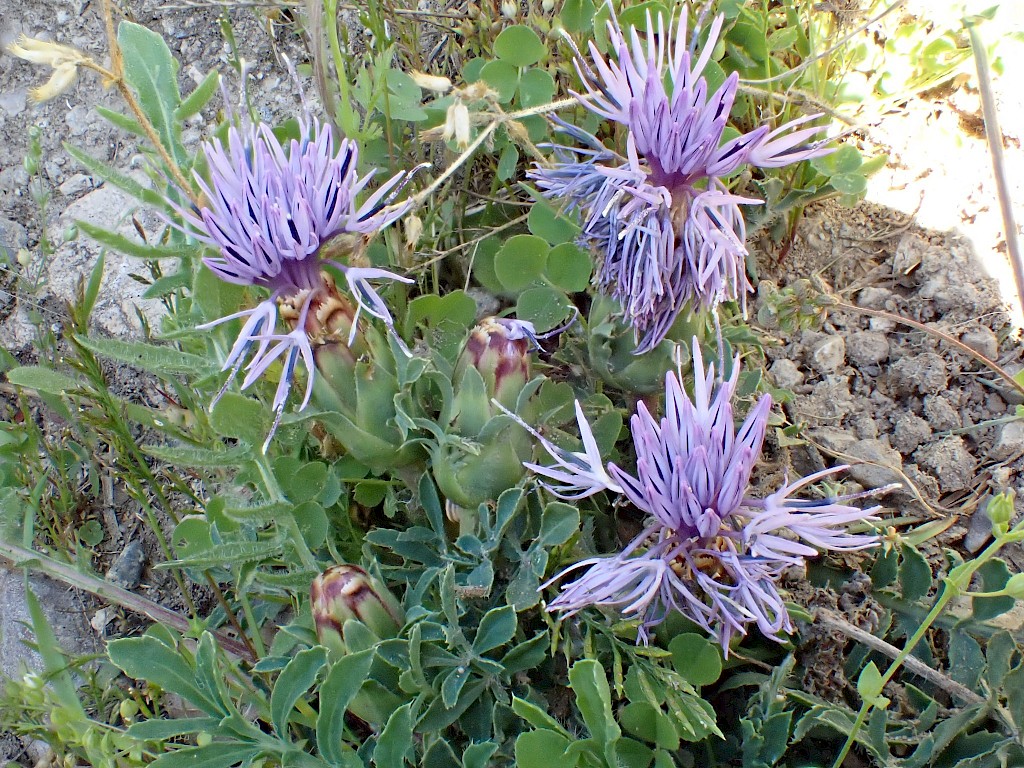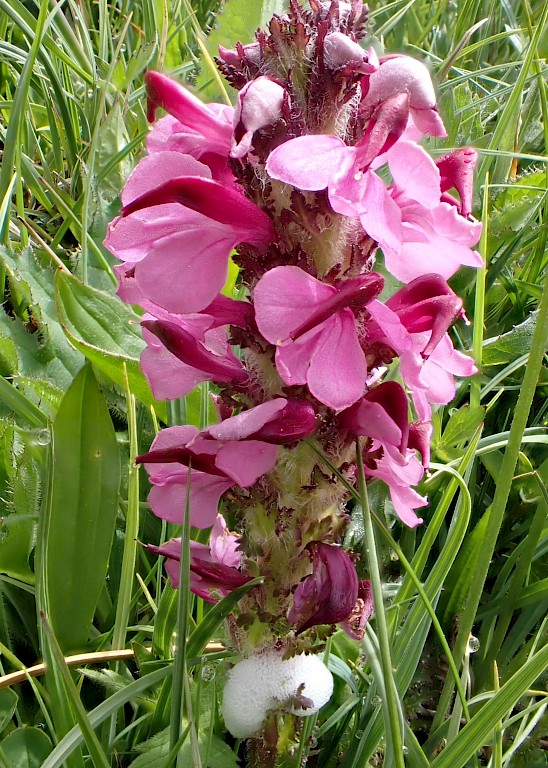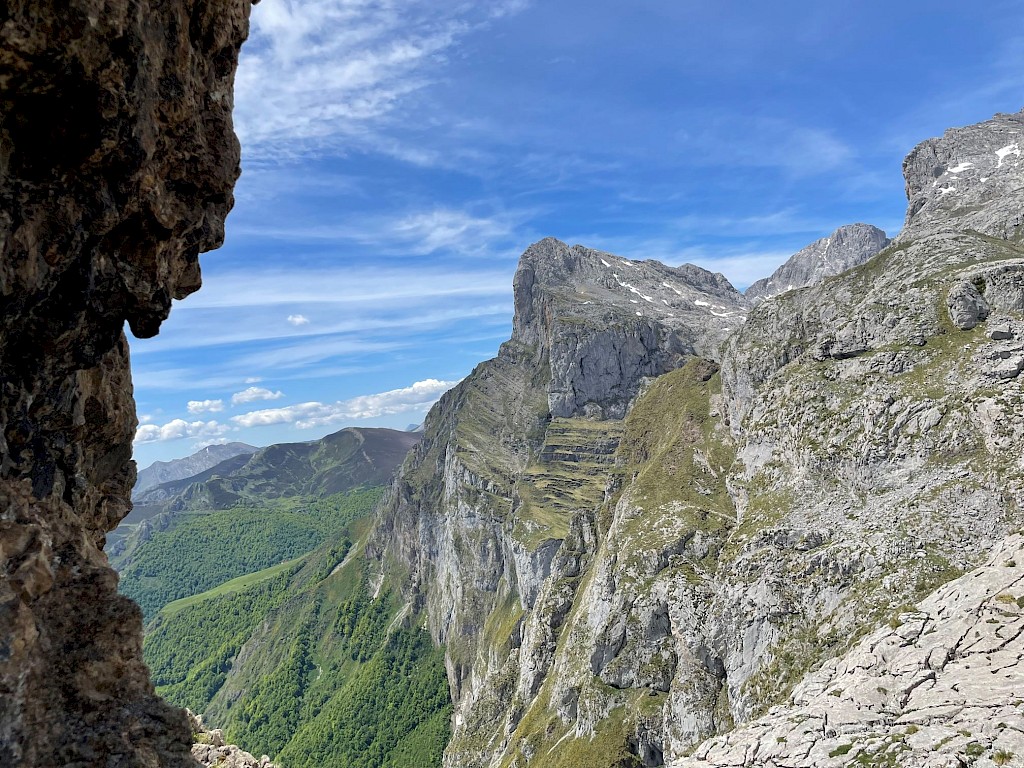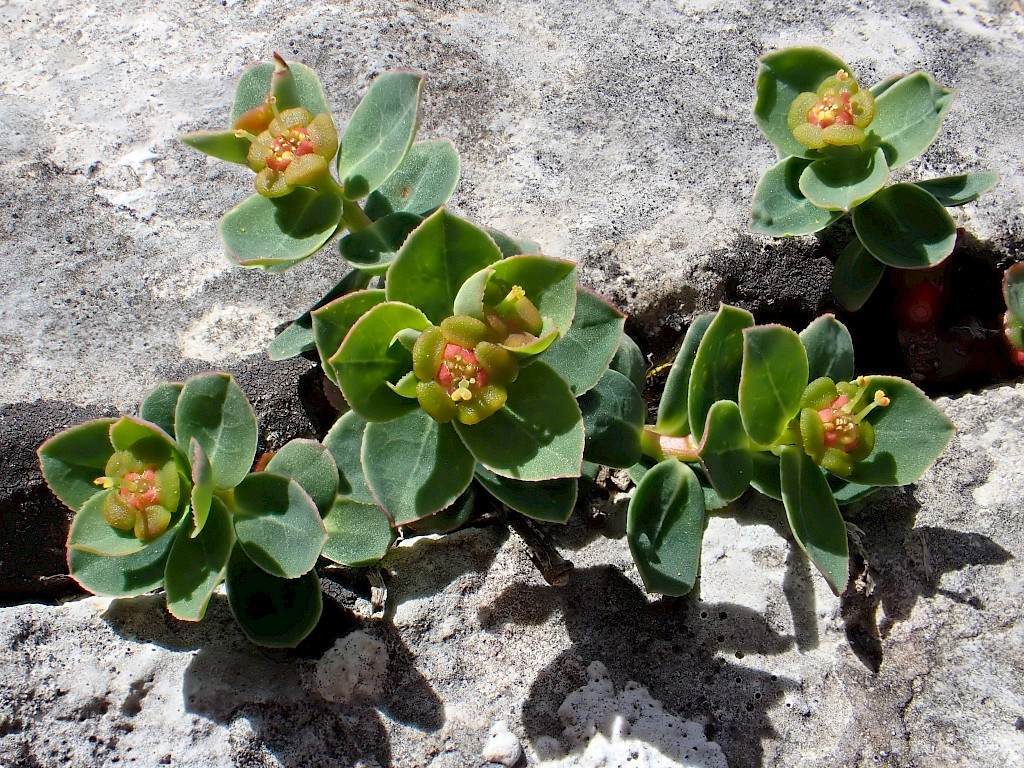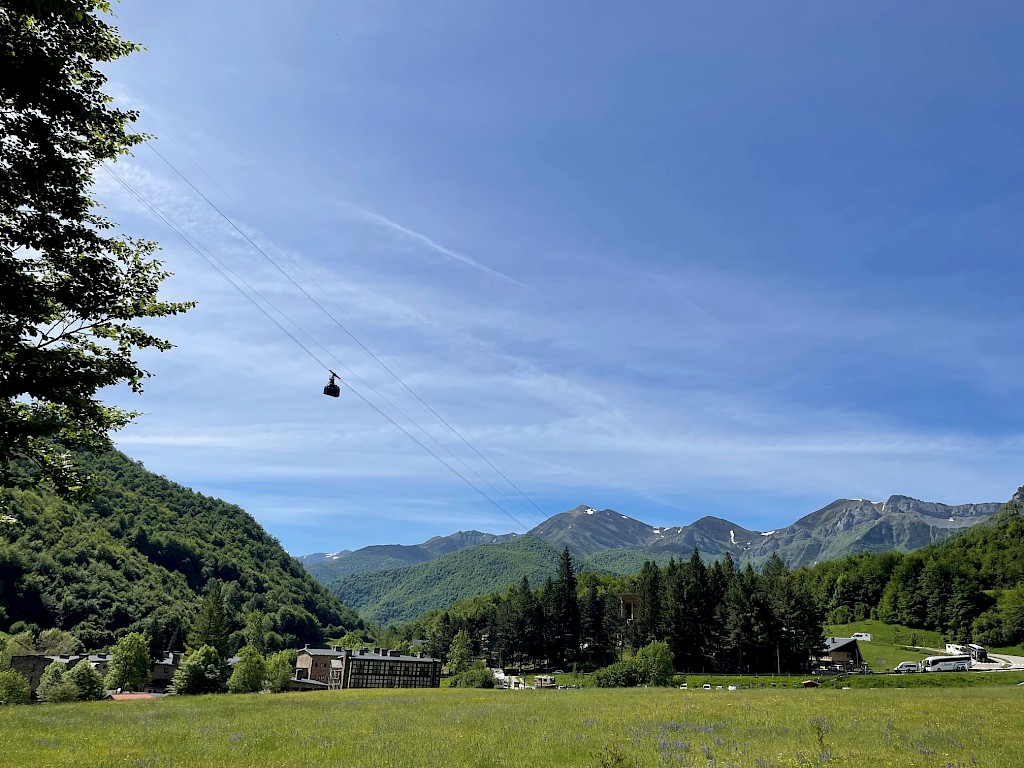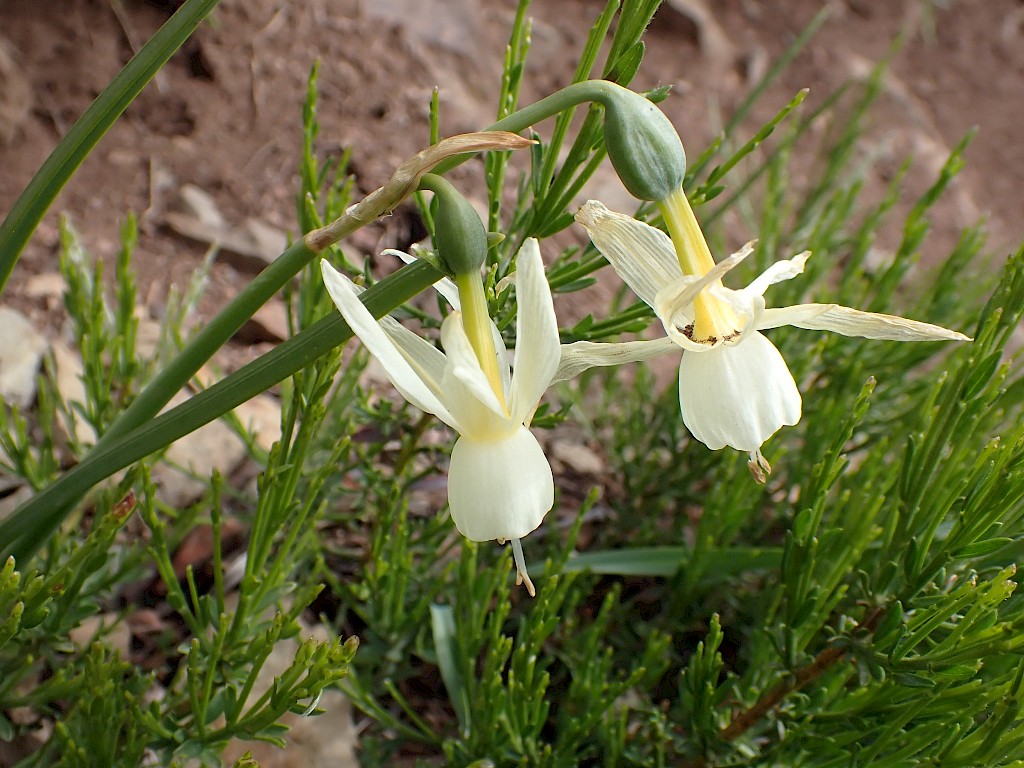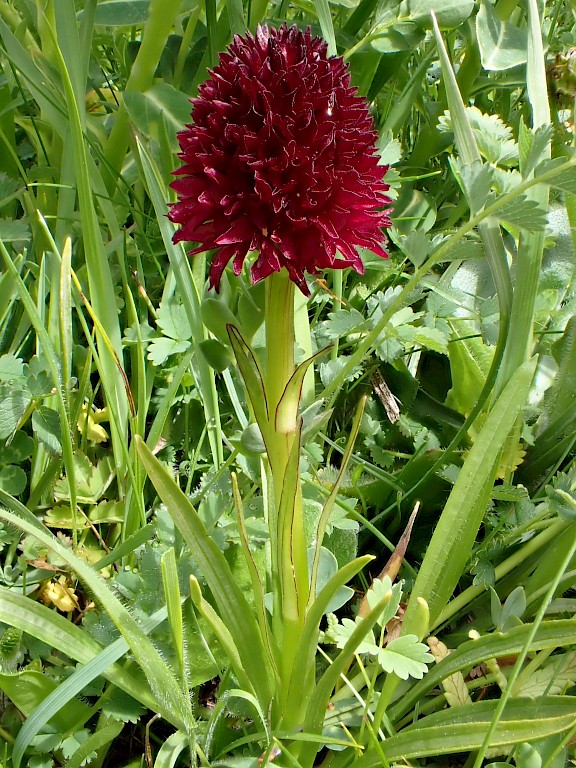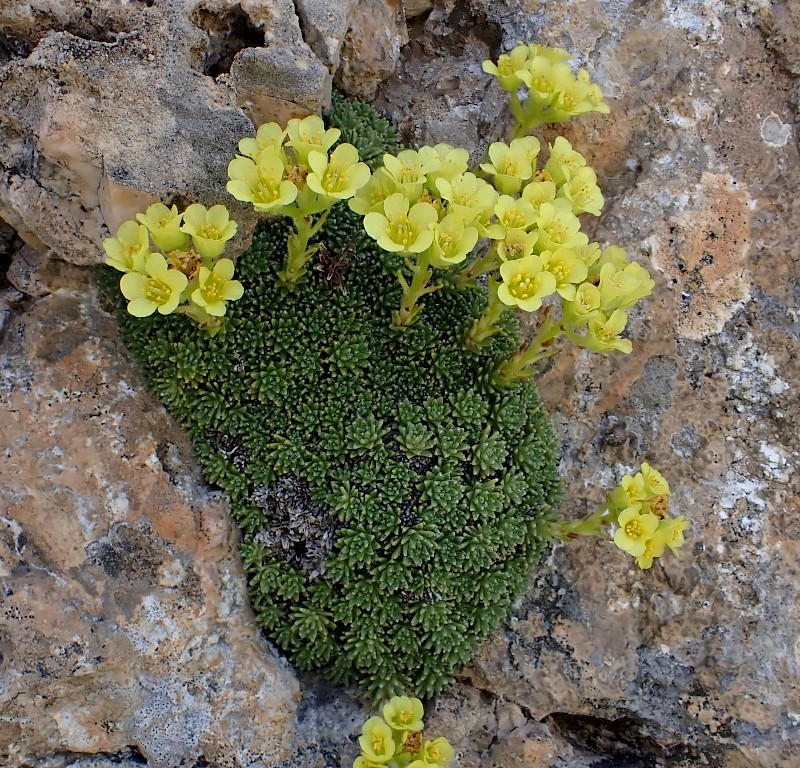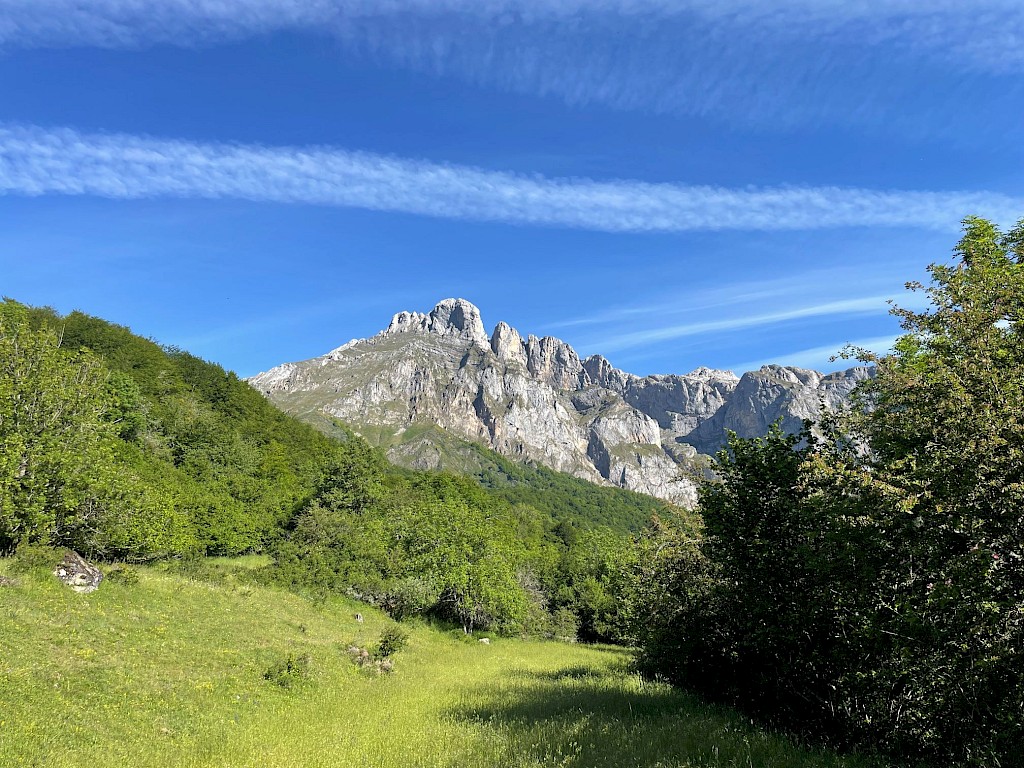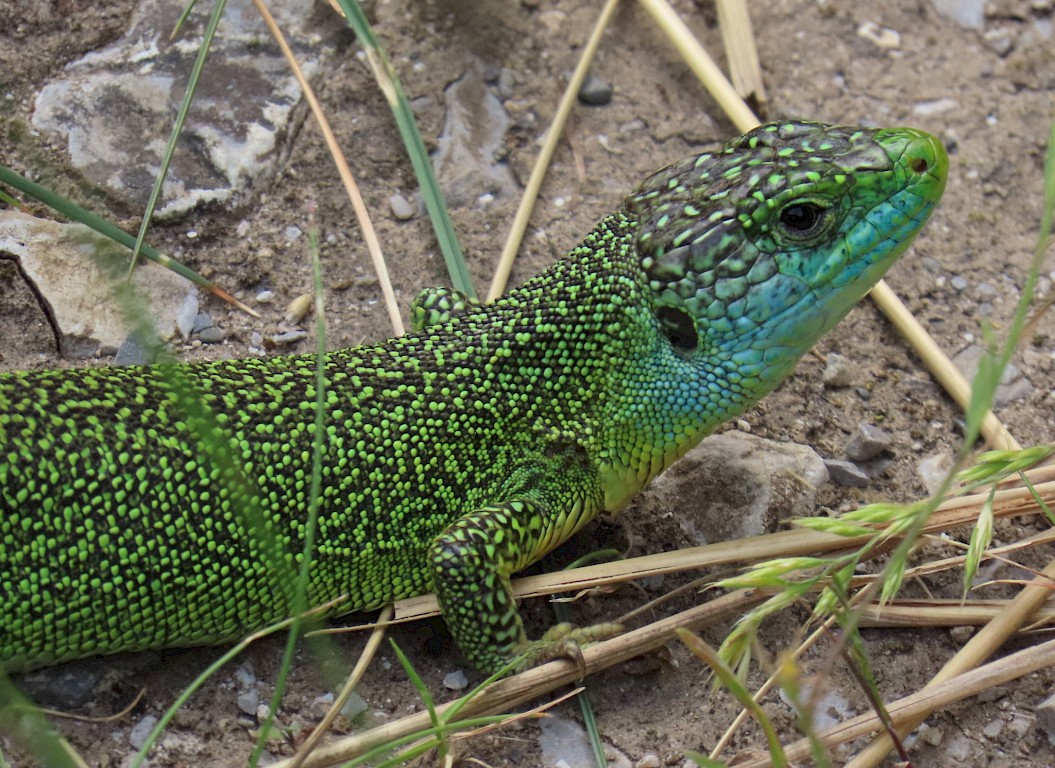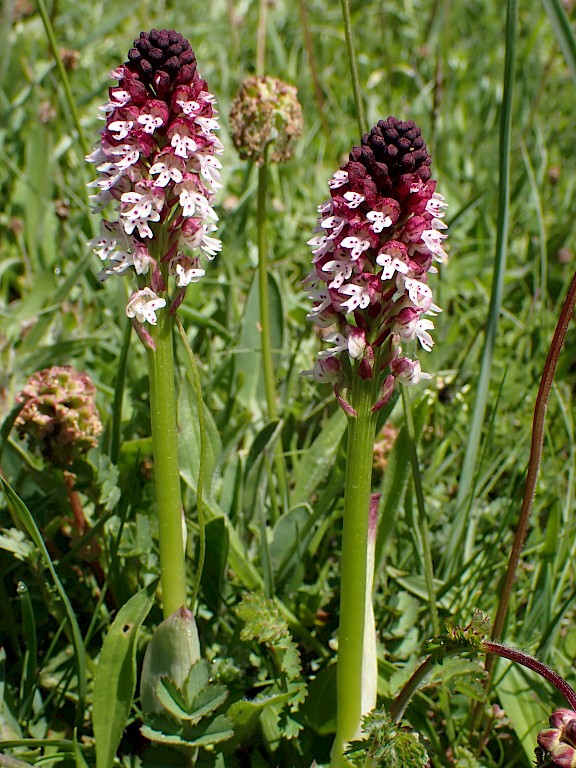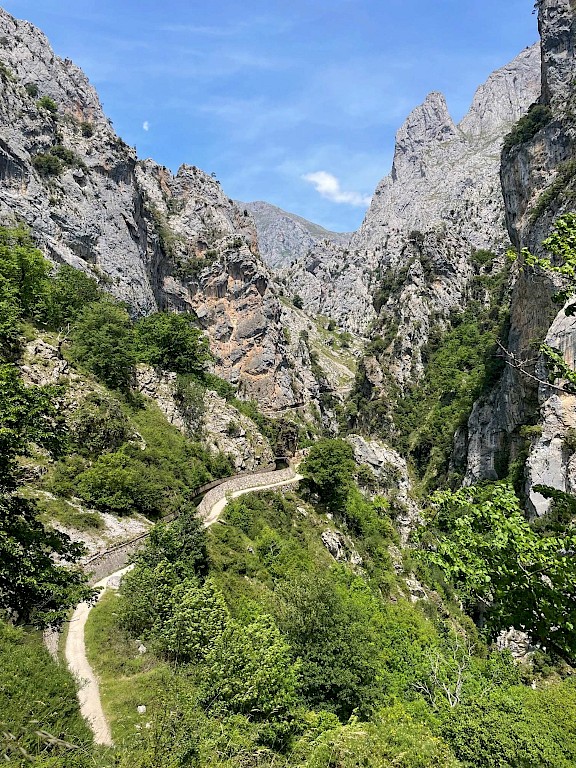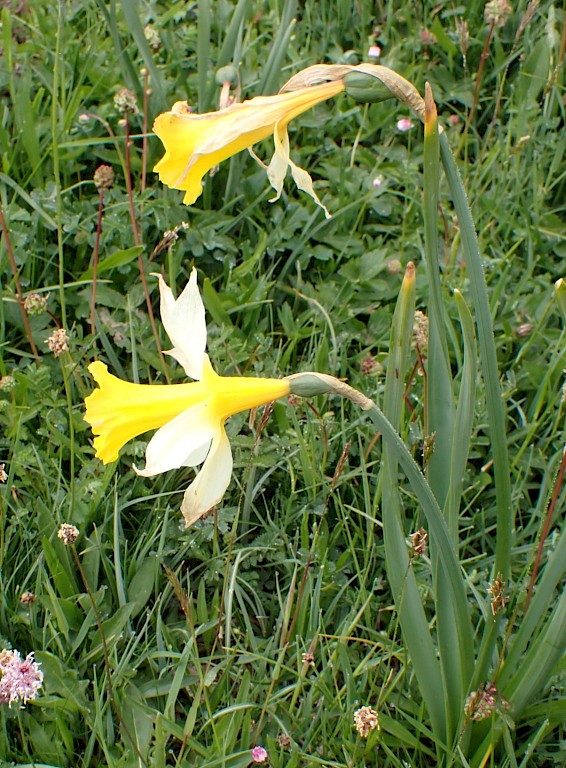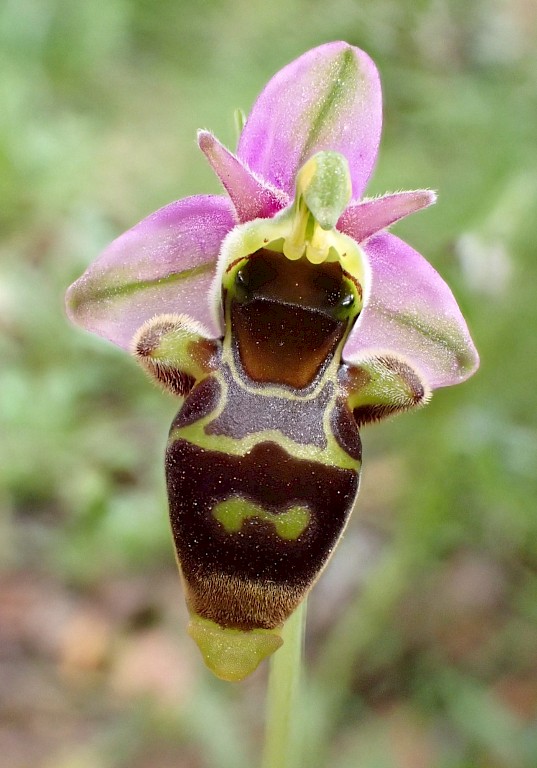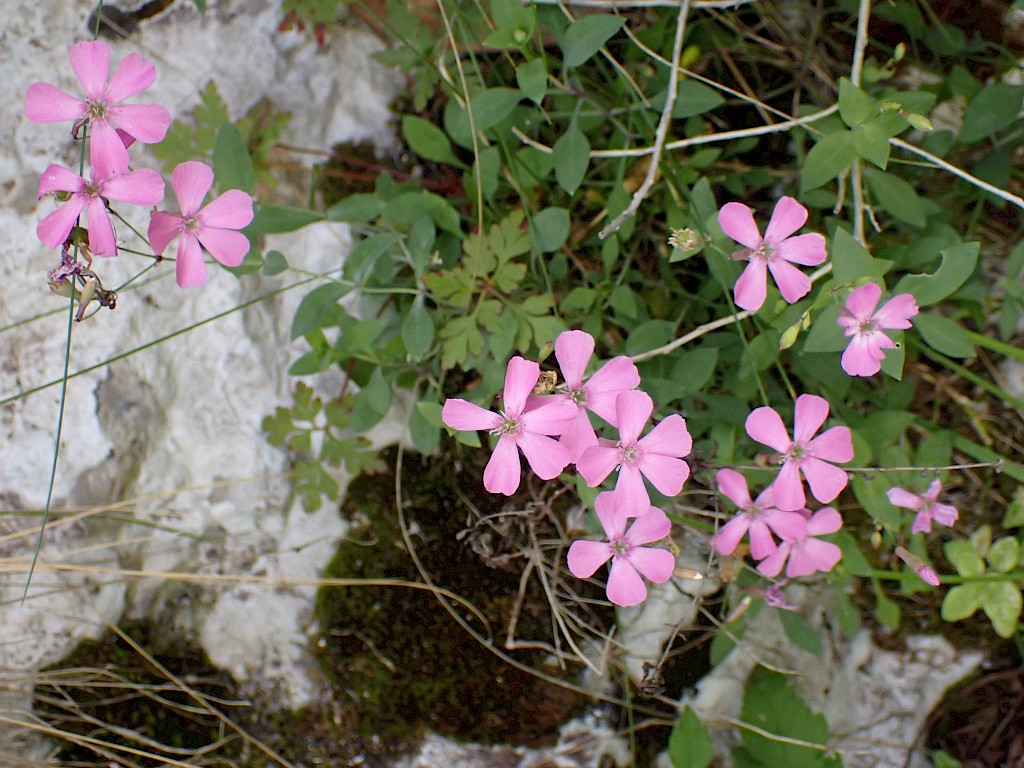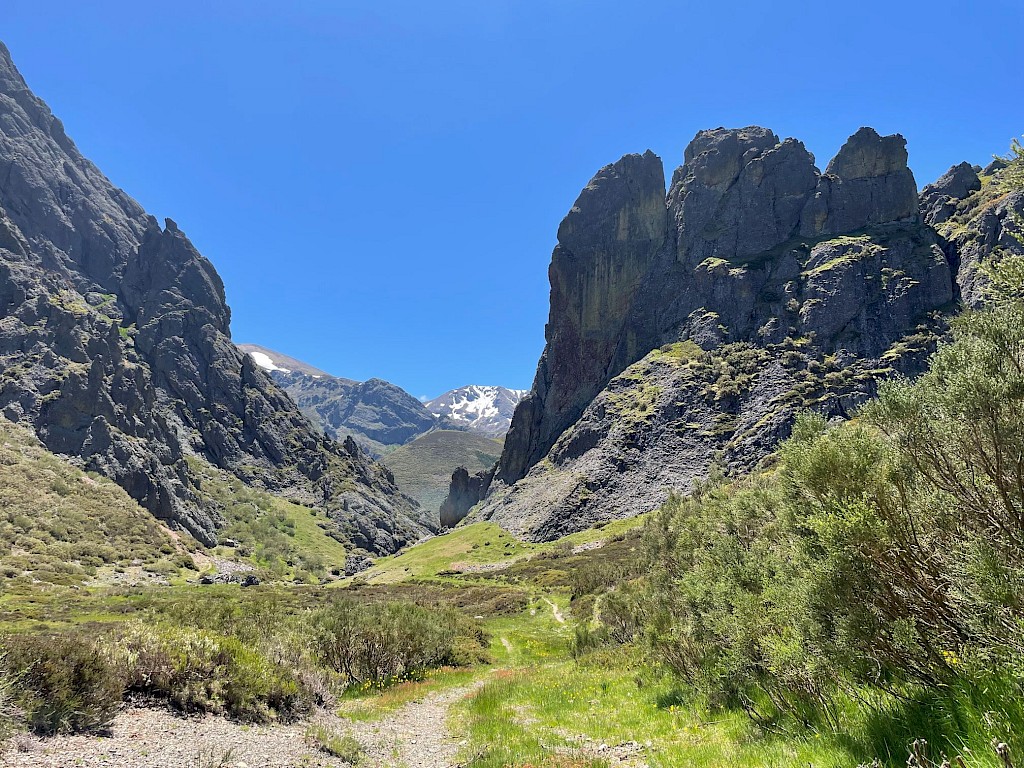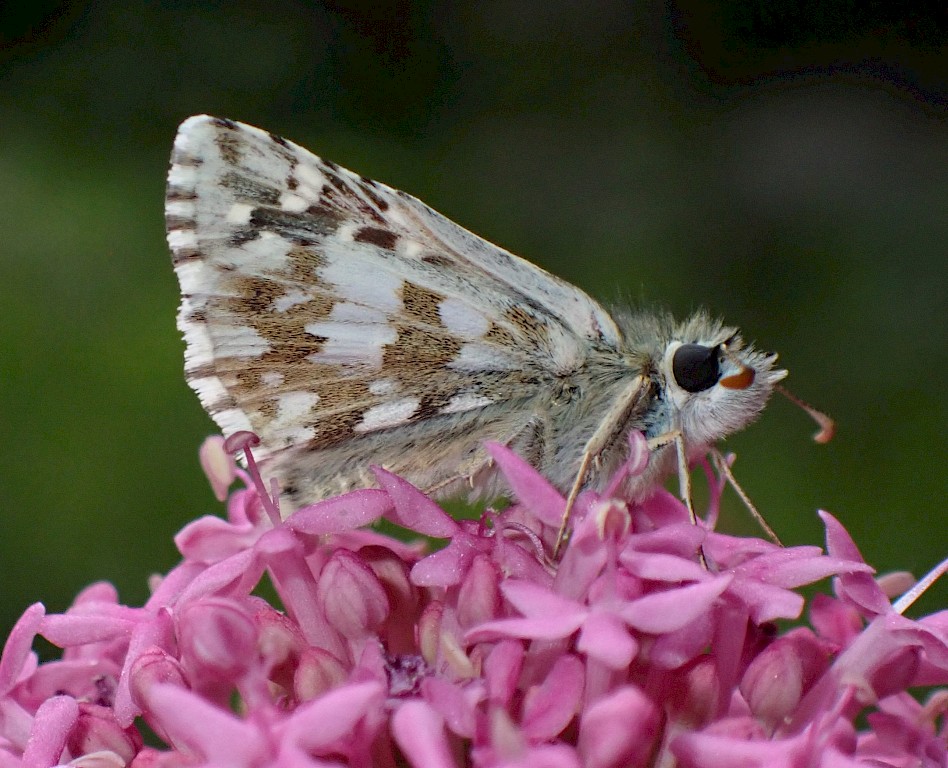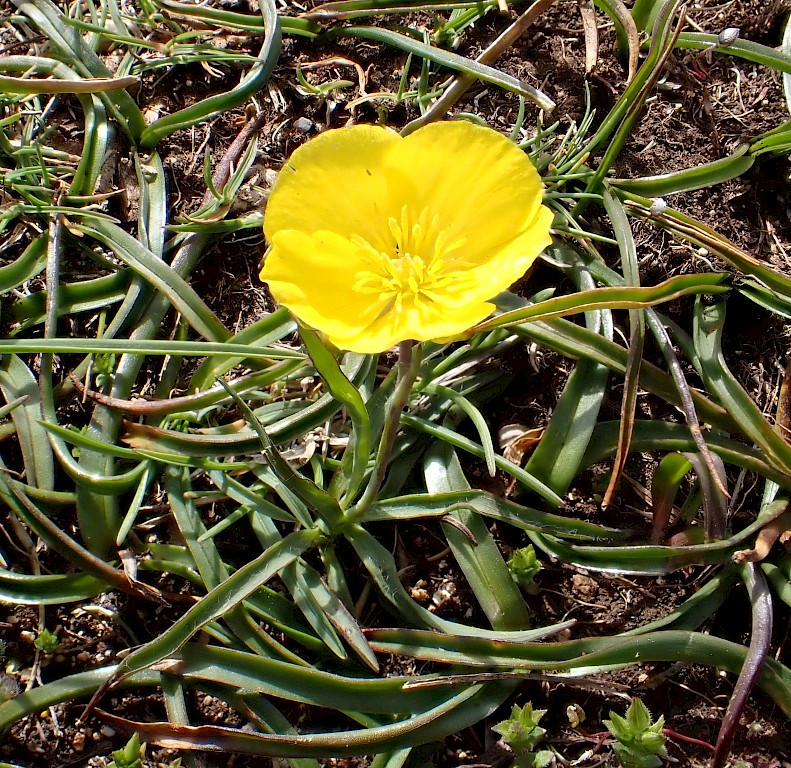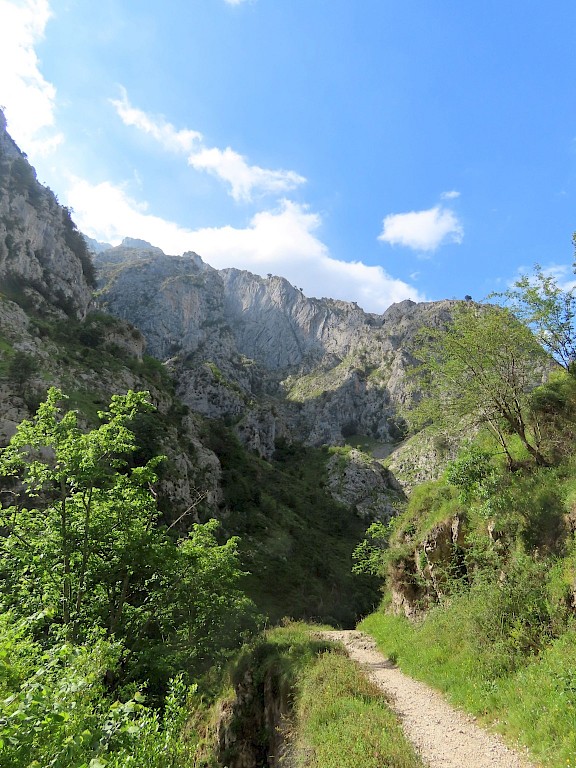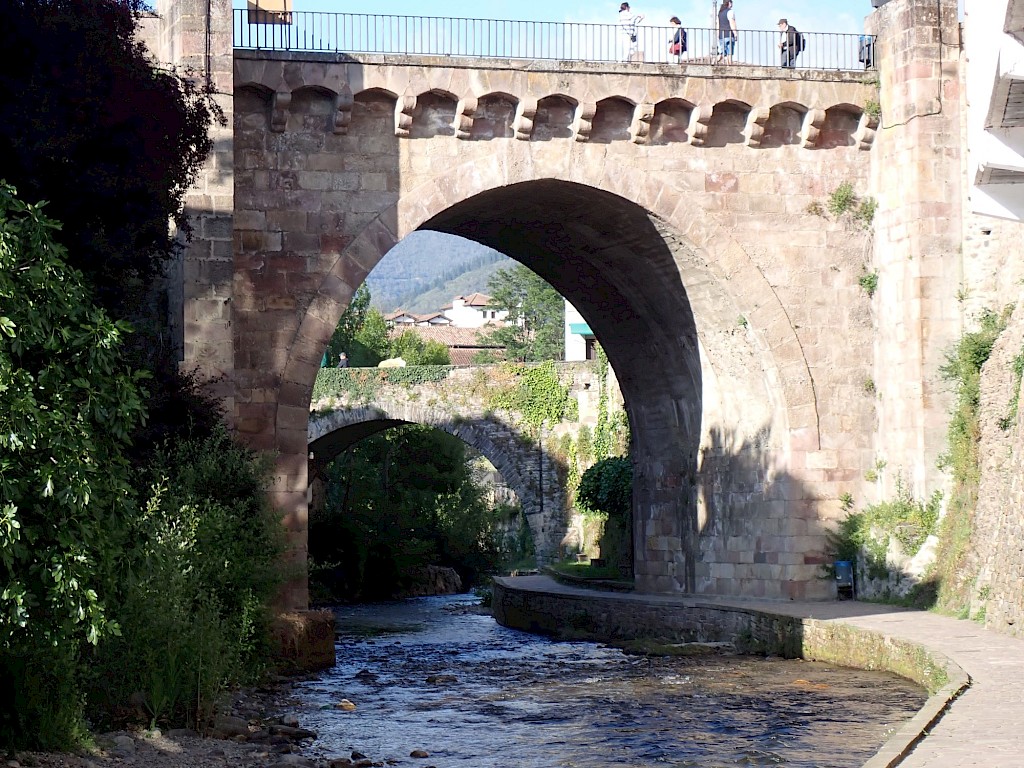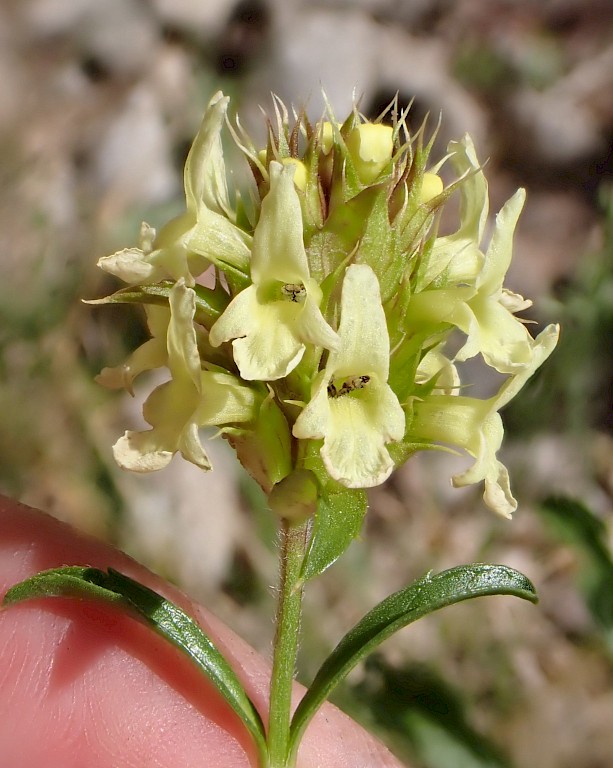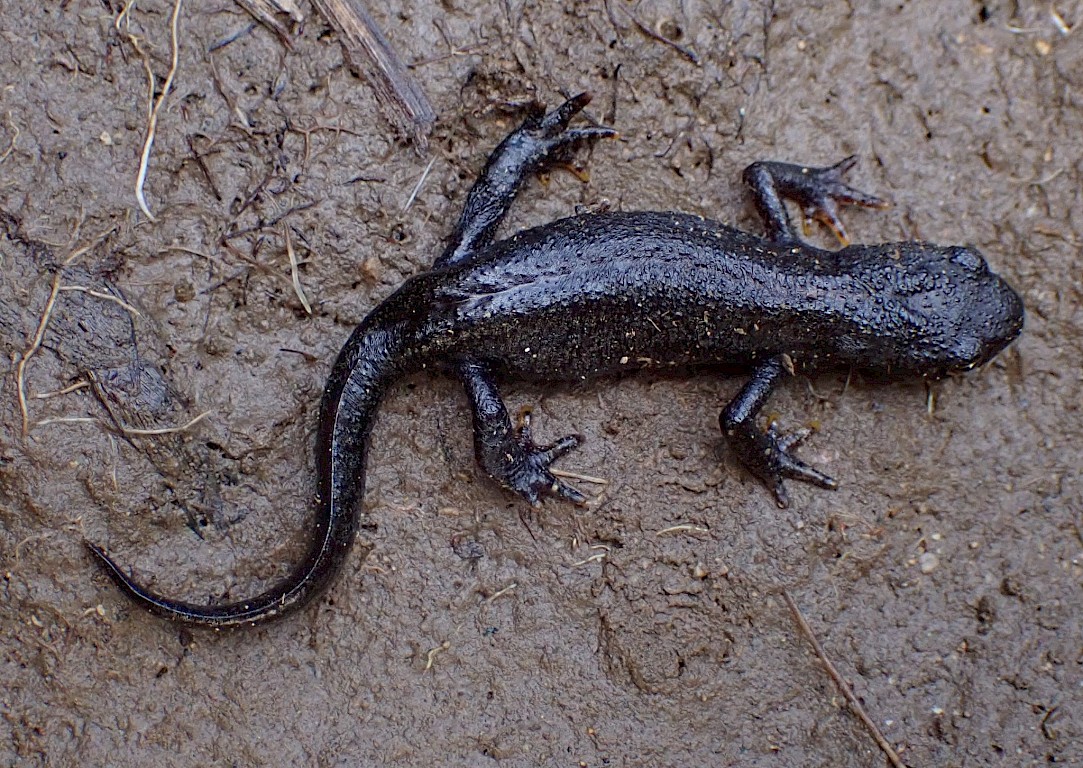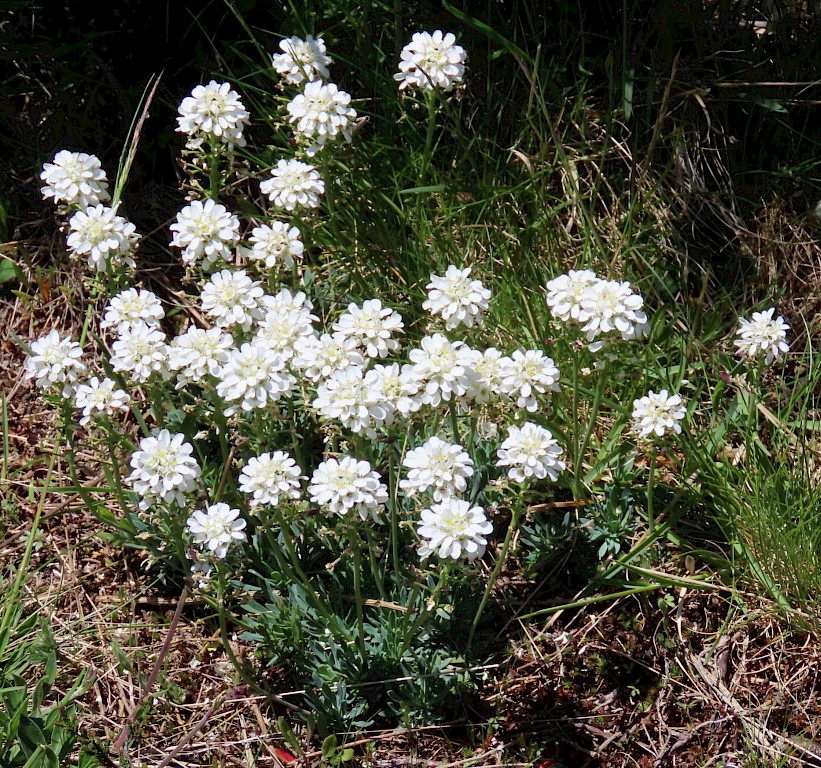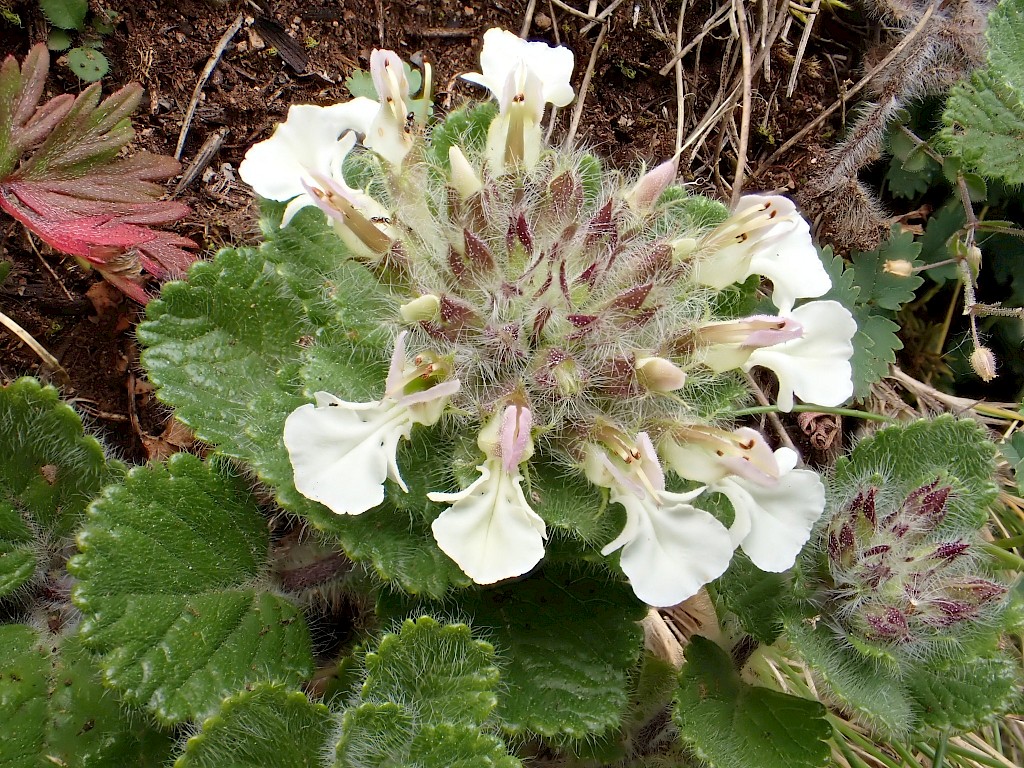As May draws to a close and the flora of more southern regions around the Mediterranean become less showy as the summer heats up, mountainous northern Spain is still relatively green and lush. The mountain valleys will be bursting with flowers of all kinds, including many orchids, endemic chasmophytes cling to the walls of limestone gorges, and spring species such as daffodils will still be in flower in places. At higher altitudes the alpine pastures will be at their floristic peak, dotted with brilliant blue gentians while the crags and cliffs shelter several species of endemic saxifrages.
The Picos de Europa is situated about half way along Spain’s Biscayan coast, between the Pyrenees in the east and Galicia to the west. There is a more or less continuous line of uplands stretching west from the Pyrenees, through to the Galician Massif to the border with Portugal collectively known as the Cantabrian Mountains. The Picos de Europa stands out as the highest and most spectacular of these beautiful Iberian mountains, reaching 2650 m (8,690 ft) at its highest peak of Torre de Cerredo. The geology is almost entirely carboniferous limestone that has been carved by glacial action into the stunning landscape we see today.
From our comfortable and well-appointed base near Potes we will explore the surrounding valleys and mountains, keeping an eye on the weather forecast and adjusting our itinerary appropriately. Our daily excursions will cover a wide variety of habitats, including lowland valley fields and woodlands, gorges, craggy outcrops, herb-rich grasslands and, of course, high alpine meadows.
When the weather is looking ideal, we head to Fuentes De for perhaps the ultimate highlight of the tour when we take the cable car up the mountains where some of the real gems of the Picos occur. As soon as we leave the upper station wonderful plants can be found, notably the brilliant blue Pyrenean Trumpet Gentian Gentiana occidentalis, Matthiola perennis, Tuberous Valerian Valeriana tuberosa, and Genista legionensis. We will explore the alpine grassland which is decorated with the tiny blue flowers of Alpine Forget-me-not Myosotis alpestris, Leafless-stemmed Speedwell Veronica aphylla, Anemone pavoniana and several buttercup species. Heading towards the craggy outcrops we might be lucky enough to come across non-flowering alpine residents, including nimble Southern Chamois, hardy White-winged Snowfinch, and of course plenty of charismatic and vocal Alpine Chough. On steep cliffs we hope to find one of the special endemics of the Picos, the beautiful yellow-flowered Saxifraga felineri, often growing alongside Saxifraga conifera and Saxifraga canaliculata. Eventually we will make our way to one of the small tarns in the grassland where we might find Alpine Newt Ichthyosaura alpestris. And this is just one special day in a week of many such!
Led by a team of professional ecologists with a particular love of wildflowers, and a deep knowledge of other wildlife besides, this promises to be an unforgettable botanical holiday in one of Europe’s most dramatic and beautiful landscapes.
